Autel Evo Nano+ review: the best sub-250g camera drone money can buy
The titchy Autel Evo Nano Plus boasts obstacle avoidance and the best camera ever fitted to a sub-250g drone

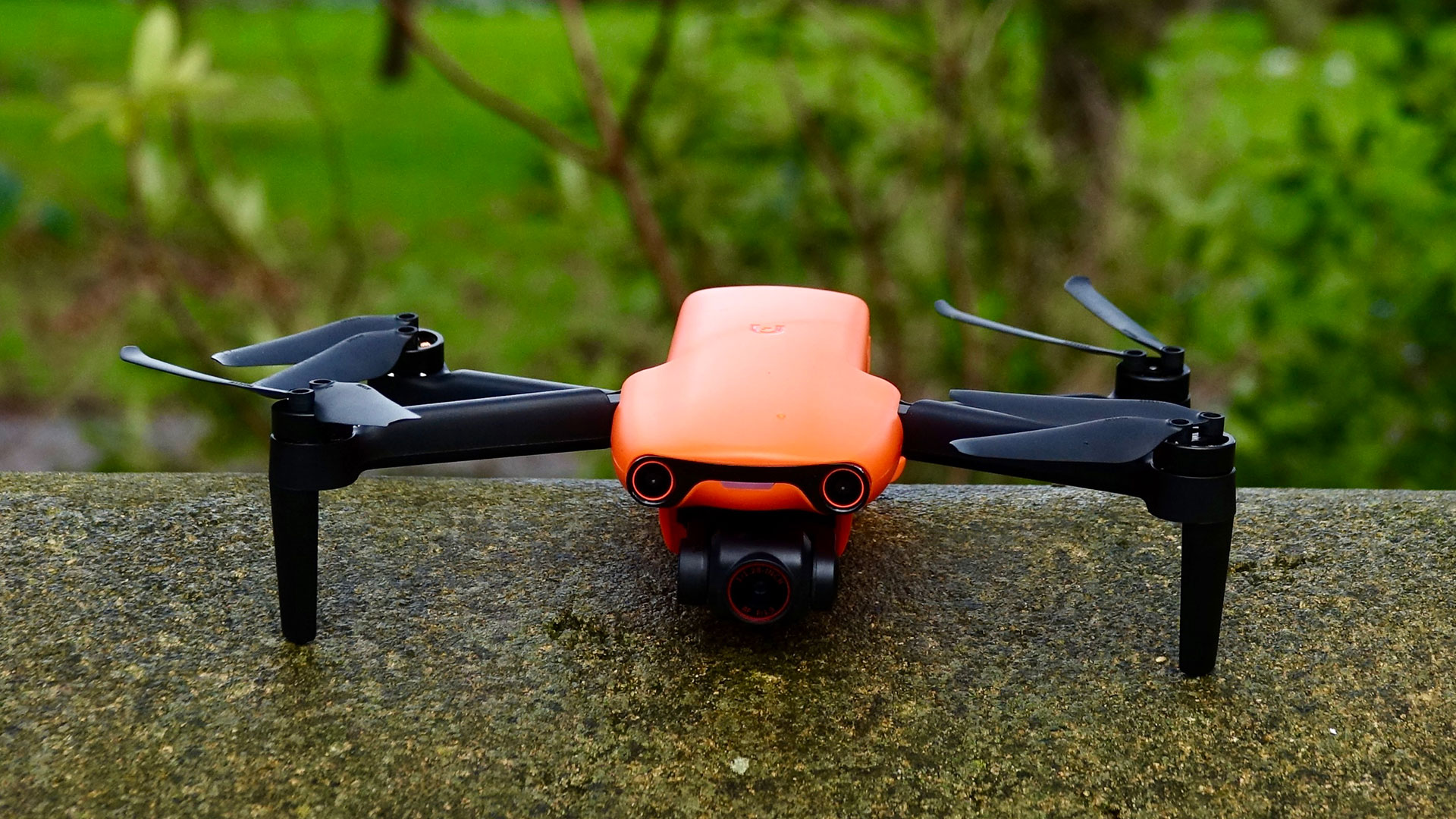
If you’re looking for a small, pocket-sized sub-250g drone that shoots phenomenal 4K video footage and aerial photos in practically any light, the Autel Evo Nano+ is the model for you. It’s the perfect drone for amateur film-makers and an absolute shoo-in for travelling. And you don’t need to leap through too many legal hoops to fly it.
-
+
Large 0.8-inch CMOS sensor
-
+
Amazing f1.9 aperture for low-light shooting
-
+
Stunning 4K video
-
+
Huge 50MP stills
-
+
Three-way obstacle avoidance
-
+
Under 250 grams
-
-
Not the fastest top speed in wind
-
-
Not the cheapest small drone on the market
Why you can trust T3

Welcome to T3’s review of the new Autel Evo Nano+ drone (or Autel Evo Nano Plus, if you prefer), the better-specced stablemate of the remarkable Nano that we’ve already taken a good hard look at in our Autel Evo Nano drone review.
Actually, the Evo Nano+ is the exact same drone as the Evo Nano bar the camera, which is a different beast altogether. At a smidge under 250g, it can be flown on the CAA’s most basic and easily obtainable Open A1 and A3 Class license. It also comes with three-way obstacle avoidance and it can fly for up to 28 minutes on a single charge.
For size, weight and price, the standard Evo Nano blew this writer away with its smooth flight characteristics and unbelievable camera (you can see how it fares against two other drone titans in our Autel Evo Nano vs DJI Mini 2 vs DJI Mavic Air 2 three-way comparison). However, this – albeit more expensive – model is in another class when it comes to shooting aerial videography and photography. In fact, in the sub-250g category, this is the best drone money can buy, as well as being one of the best drones for beginners. Read on for my full Autel Evo Nano+ drone review.
Autel Evo Nano+ review: price, lineup and release date
The Autel Evo Nano+ was released in January 2022, alongside the standard Nano drone (which, as I said before, is the same drone but with a more basic camera than the Plus) and two other larger models: the Evo Lite and Evo Lite+. The Lite has the same-size camera sensor as the Evo Nano+, while the Evo Lite+ has an even bigger one-inch sensor (like the one you'll find on the DJI Air 2S, T3's current favourite drone overall). All four drones fold up for easy transport and storage.
For the standard package, the Evo Nano+ has a list price of GBP £799 / USD $949. The Premium bundle costs GBP £949 / USD $1,099.
If that's too pricey, head to our best cheap drones guide for some more wallet-friendly alternatives. Or, for more basic toy options, check out the best kids drones around.
Autel Evo Nano+ review: design and features
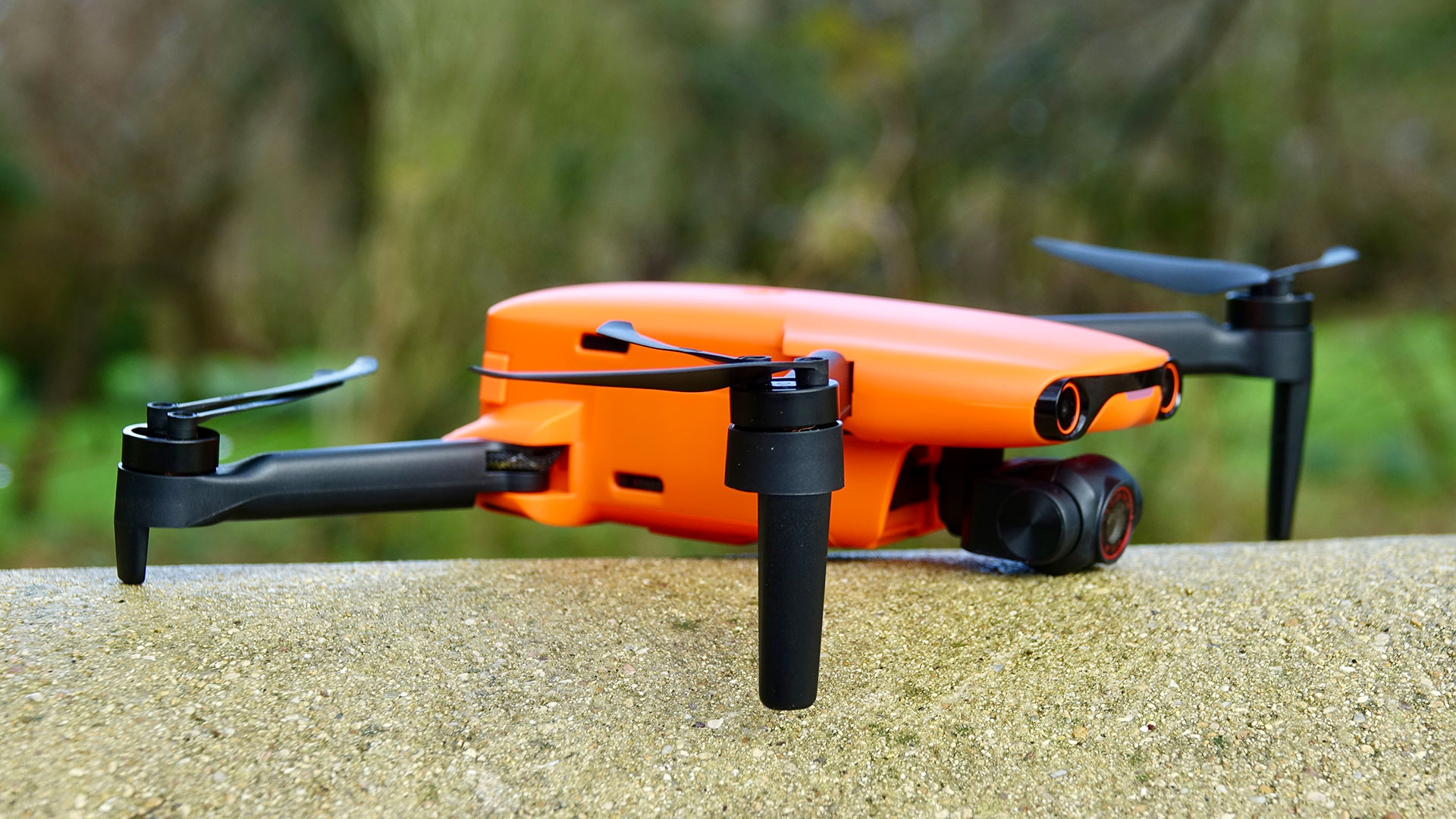
Astonishingly for such a competent drone, the Autel Evo Nano+ weighs just 249g and that means it isn’t restricted by too many CAA regulations. Yes, you will still need to apply for an Operator ID and a Flyer ID – a very easy online process – but the good news is that you will be allowed to fly it in more situations than larger and heavier drones. You can find out more on the CAA’s unbelievably confusing licensing system by checking out T3’s Guide to UK Drone Regulations / US drone rules.
The Evo Nano+ isn’t just light, it’s really small too. At 142×94×55mm when folded, it will easily fit into a jacket pocket and that makes it a shoo-in for all kinds of travel. In fact, the Premium Bundle we're reviewing here includes a brilliant shoulder bag that you will hardly notice, even on a long trek.
One of the Evo Nano+’s key selling points is its ability to avoid obstacles below, fore and aft. This is a great feature to have if you’re flying in close proximity of trees and buildings. It’s also an excellent backup if flying near people – which legally you shouldn’t be doing.

The Evo Nano+'s Xbox-style controller is super comfy in the hands and easy to use
The Autel Evo Nano+ comes with a superb Xbox One-style hand controller with built-in cradle for plugging in a mobile phone so you can view the scene from the drone’s camera along with a range of inflight stats. As to be expected, the controller comes with all the usual buttons, including return to home, image and video taking, and a phenomenally smooth gimbal controller.
The Autel Evo Nano+ is available in four colours – red, orange, grey and white. I would suggest going for the red or orange since both colours really stand out when the drone’s in the air.
Autel Evo Nano+ review: flight performance
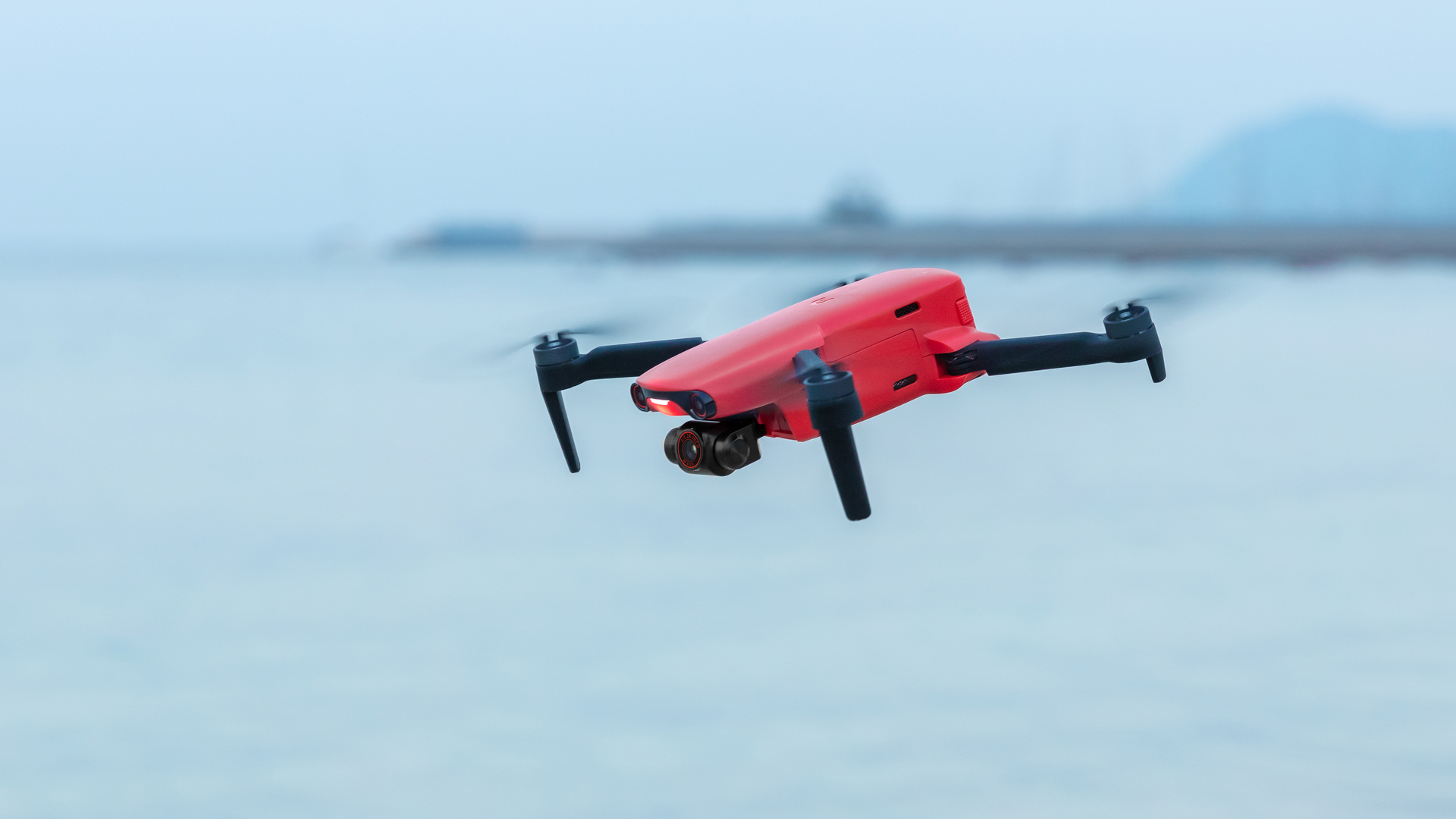
The Autel Evo Nano+ handles amazingly well for such a small drone
Before I get to flight performance, I should address an issue that has had some pedantic YouTubers in a bit of a tizz – namely speed performance and most notably the Evo Nano+’s ability to fly in strong winds. According to various tests, some critics have expressed dismay at how slow the Evo+ is in stronger winds, even in sport mode.
I can appreciate their concern to some degree because I know what it’s like getting a drone back in a headwind. But, come on, this titchy thing only weighs 249g – how could it possibly fly efficiently in a gale where tree branches are in full sway? If the wind is usually too strong in your area, perhaps consider buying a bigger drone like the incredible DJI Air 2 S, the pro-spec Mavic 3 or even the new Autel Evo Lite+, which I shall be reviewing next.
The upshot is that users need to weigh things up when choosing whether to fly. If it’s too windy I simply don’t fly. Like I wouldn’t fly a lightweight delta kite in a strong wind, a power kite in a light breeze or play tennis or drive an open-top sports car in the rain. If the weather’s rubbish, do something else instead. Thankfully, Autel has since provided new firmware updates for the Evo+ and most critics’ complaints appear to have now been addressed, including the top speed issue.
Now that I’ve got the wind-related bone of contention out of the way, what’s this drone’s control system like? In a word, amazing. For a drone of this size and weight, the Evo Nano+ is as smooth as smooth can be. The control stick resistance feels perfect and the power to stick-input ratio is as good as any DJI drone. In short, this bird is easy enough for your cat to fly.
The Autel Evo Nano+ features three main flight speeds: Smooth, Standard and Ludicrous. Smooth (11mph) is good for beginners in no wind and perfect for shooting really slow video footage. In Standard mode, the top speed is 22mph and in Ludicrous, it’s 33mph.
In terms of flight time, you can expect a very reasonable 28 minutes from a fully charged battery – more than enough time to shoot plenty of video and aerial stills.
Autel Evo Nano+ review: video transmission
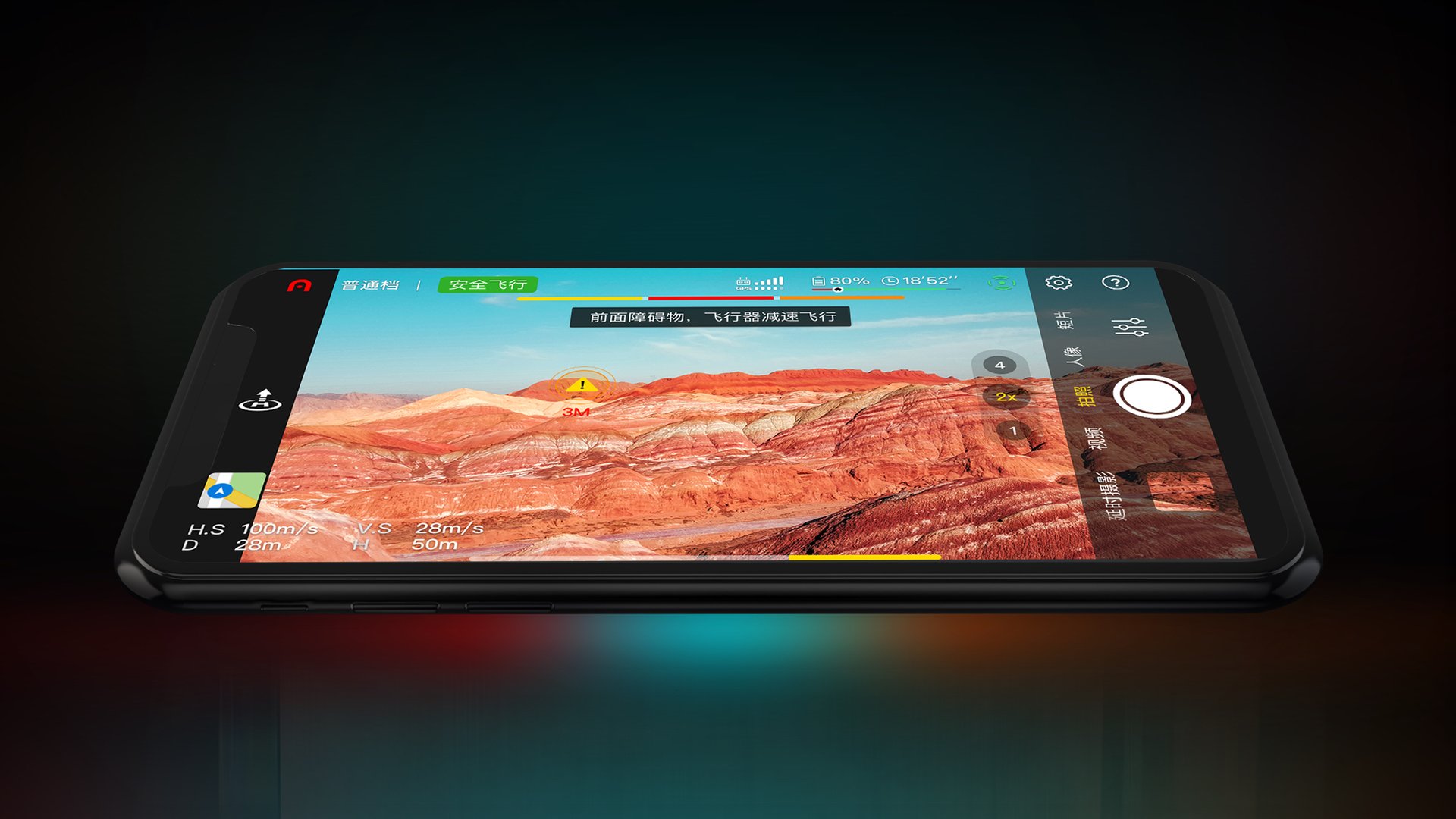
Video transmission quality is another area where this drone excels. Unlike, say, the DJI Mini 2 which transmits visuals from the drone’s camera in 720p, this one is in 2.7K for up to 1km away and 1080p beyond that. You’ll come to appreciate this extra clarity when flying in areas with complex lighting and lots of obstacles. For those who are lucky enough to be able to fly to a distance beyond the line-of-sight rule, this little bird has a video transmission range of 10km (six miles), the same as the DJI Mini 2.
Autel Evo Nano+ review: camera performance
This is where the Evo Nano+ trounces not only the already impressive Evo Nano but also the cheaper DJI Mini 2, the larger, more expensive DJI Air 2 and, to some degree, DJI's flagship Mavic 3.
Let’s take a look at the sensor first since that is the statistic that people look for first when choosing any camera, be it for land or air use. Unlike the Evo Nano which ships with an extremely efficient 1/2-inch CMOS sensor, the Nano+’s camera is equipped with a 0.8-inch CMOS sensor that’s capable of 50 megapixel images and a wide range of video resolutions, from pin-sharp 4K (3840x2160) at up to 30 frames per second all the way down to 1080p at up to 60fps.
But that’s just the half of it because unlike most drones on the market that are equipped with a fixed aperture of f.2.8, the Evo Nano+’s camera has an even wider fixed aperture of f1.9. In the pantheon of aperture range, f0.9 is a gigantic difference. A wider aperture not only lets in more light through the lens for night-time shooting, it also improves detail when shooting in high contrast areas where there are a lot of shadows. What’s more, the camera also uses a groundbreaking new RYYB colour filter that provides incredible noise reduction when shooting at night so that even the darkest objects that are near invisible to the naked eye can be clearly seen in full detail.
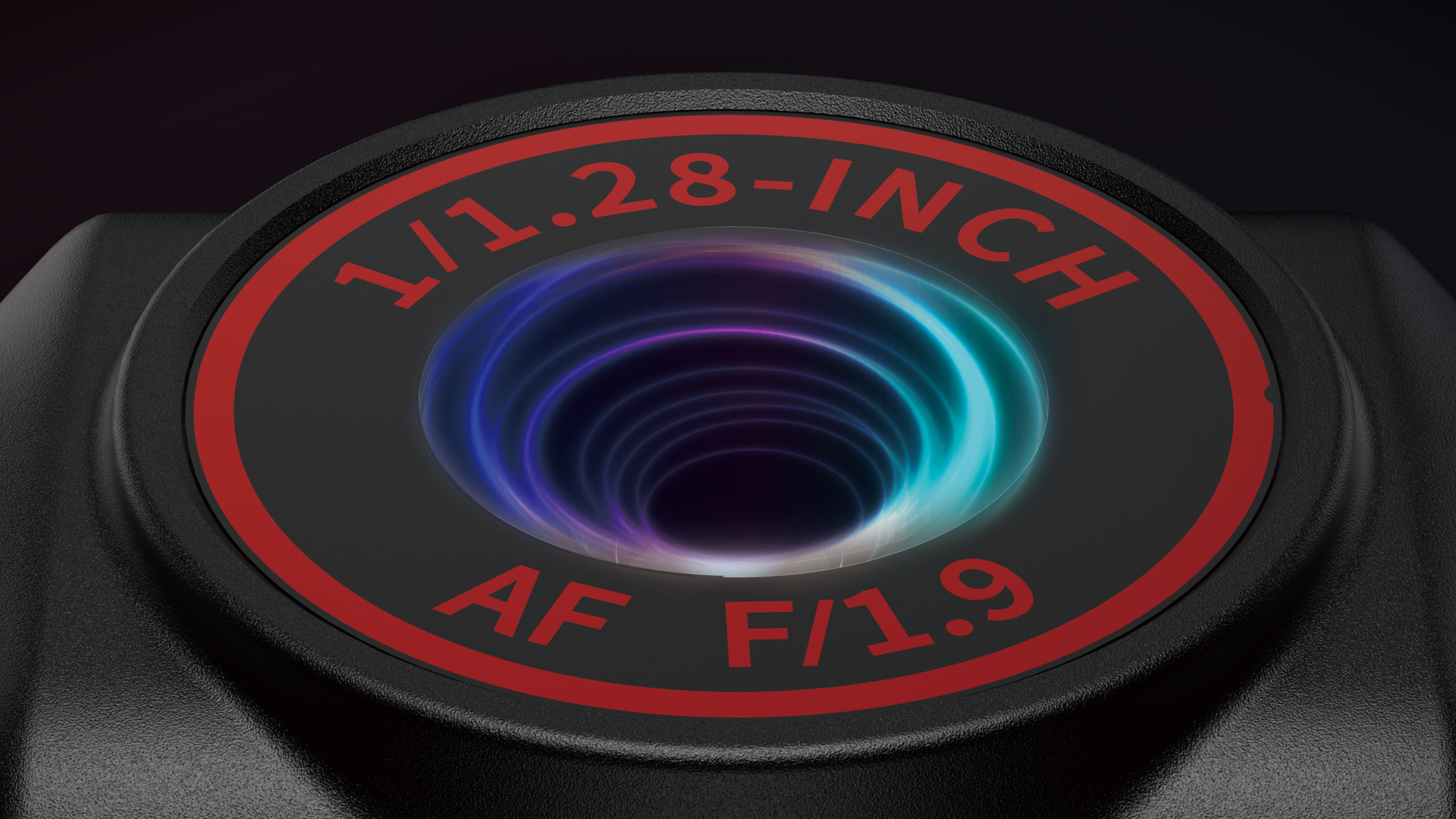
The Evo Nano+ features some groundbreaking camera tech, including a fixed aperture of f1.9
I don't know what kind of magic fairy dust Autel's R&D bods sprinkled on the camera but it's clearly something special because the more you use this drone the more you're staggered by what comes out of the Micro SD card. In fact I've since seen video and photographic comparisons between this tiny drone and DJI's flagship Mavic 3 and, in many instances, the footage from the Evo Nano+ has finer detail and better dynamic range. Also, the colour tone straight out of the Micro SD card is so naturalistic it hardly needs any tweaking. Finally, when it comes to low light shooting – and I'm talking almost too dark to see by – the Nano+ is out of this world: buildings are as sharp as a tack, deep blacks to the naked eye reveal hidden details and lights sparkle rather than dazzle. You have to see the results to believe it. And all this from a camera the size of your thumb.
As an aerial videography platform for amateurs and casual users, the Evo+ is pretty much matchless. Aside from the stunning camera and smooth flight controls, it’s the gimbal control wheel that equally impresses. Unlike some gimbal controllers I’ve used that are difficult to find the sweet spot between fast and slow, this one allows for precise camera positioning without any sudden changes in speed. Basically, the more pressure you apply to the wheel the faster the camera tilts. Believe me, I’ve screwed up numerous video shots because the gimbal has moved too quickly or not fast enough but I haven’t had one issue with this one. Well done Autel!
Like many modern camera drones, the Evo Nano+ also features a number of autonomous flight modes that help the pilot shoot dramatic video sequences from a variety of striking angles that are often impossible to pull off successfully when controlling the drone manually. Fade Away starts close to the subject before zooming backwards into the distance, Orbit performs a perfect circle around the subject and Flick tracks in towards a static subject before flicking around in the opposite direction. Dynamic Track 2.1 is another cracking feature because it automatically follows a moving subject with no input by the pilot.
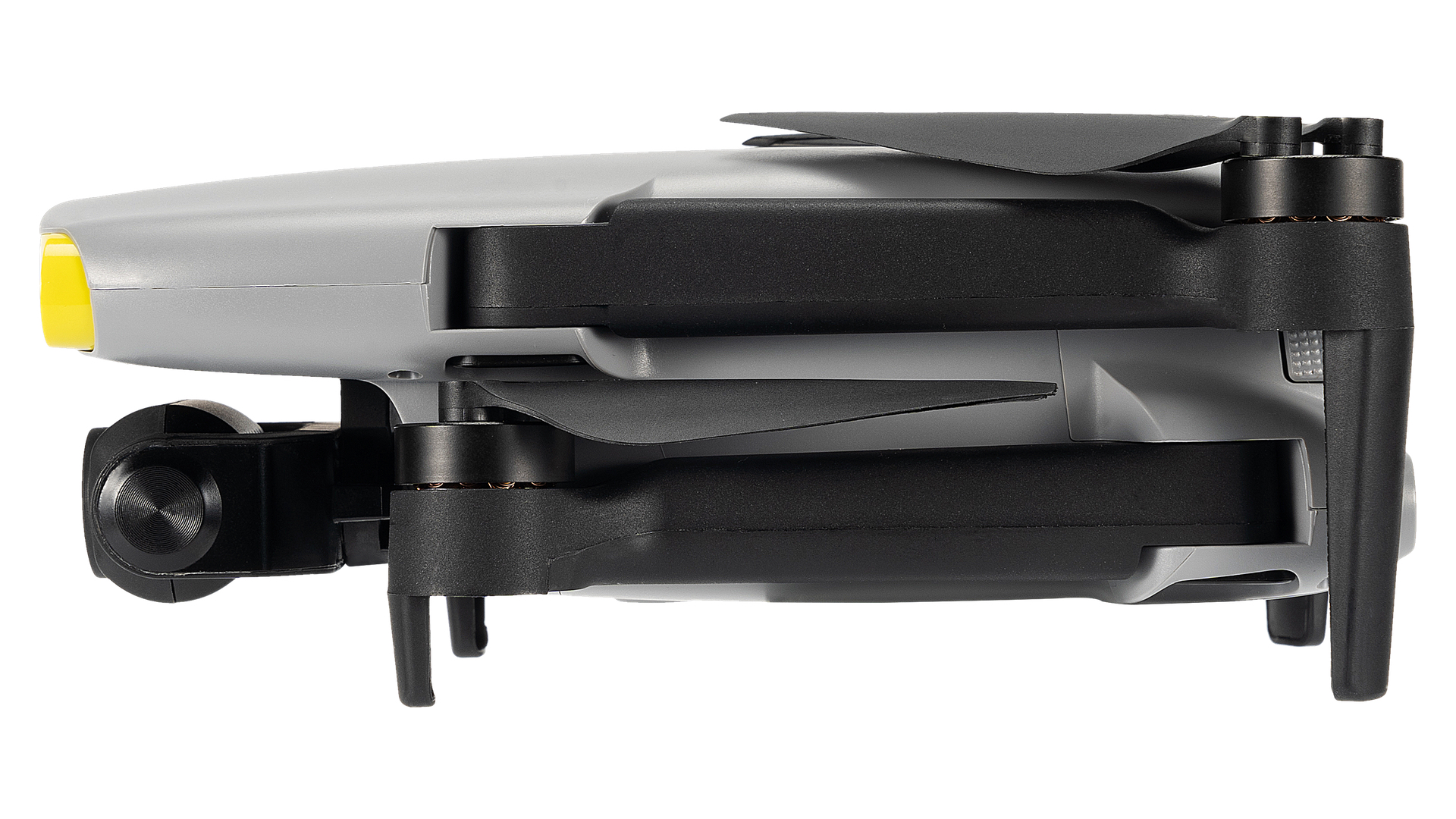
Autel Evo Nano+ review: firmware updates
As mentioned above, Autel has addressed quite a few technical glitches with a slew of post-launch updates that have improved flight speed, some camera settings and even some mild instances of jello (where the image wobbles like a bowl of jelly). I noticed a bit of jello from one of my earlier test flights when I viewed the footage on a 27-inch monitor but that issue has been cured with the most recent V1.1.14 firmware upgrade. To be honest, most drones – DJIs included – require firmware updates when they’re first launched because some issues only ever come to light when the product is used by hundreds of people rather than just a handful of pre-sale testers.
Autel Evo Nano+ drone review: autel Sky app
The Autel Sky app (iOS and Android) provides info on GPS, current altitude, speed, etc, plus access to the camera settings and all flight parameters, including return to home altitude, maximum distance and gimbal control. While you can’t choose different colour settings like D-Log, the app does allow for some decent manual control, including ISO and shutter speed. You can also tap on the screen to adjust exposure and keep it locked so the brightness doesn’t change when you’re tracking or panning.
Autel Evo Nano+ review: what’s in the box?
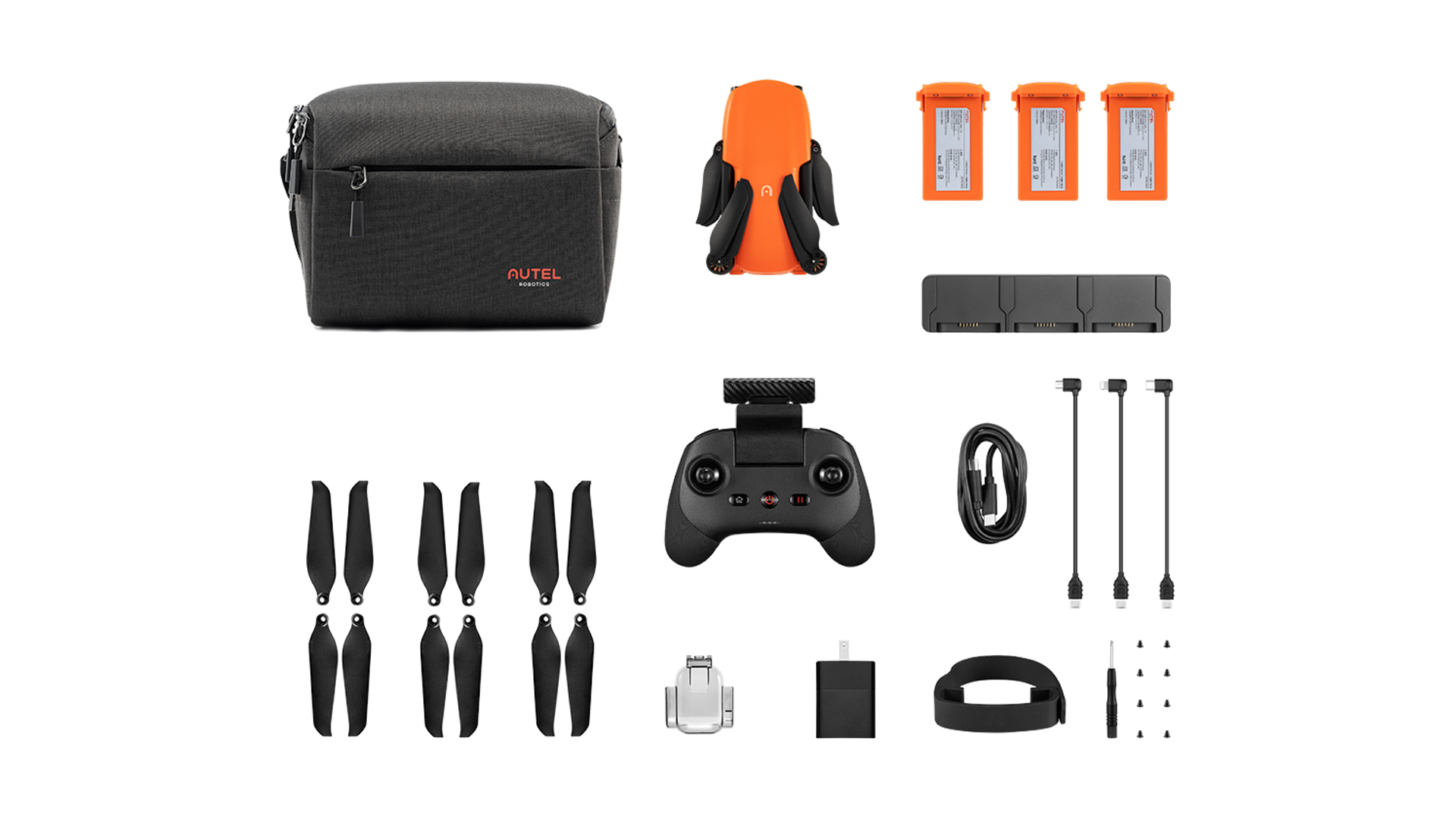
The Premium Bundle comes with everything you need for travel and beyond
The Autel Evo Nano+ is available in two configurations, the Standard Package with just the drone, controller, battery and charger (GBP £799 / USD $949) and the Premium Bundle (GBP £949 / USD $1,099). We would suggest going for the Premium Bundle because it includes two extra batteries, a multi charger, spare props and a fantastic shoulder bag to carry it all in.
Autel Evo Nano+ review: Freewell All Day Filter Kit accessory
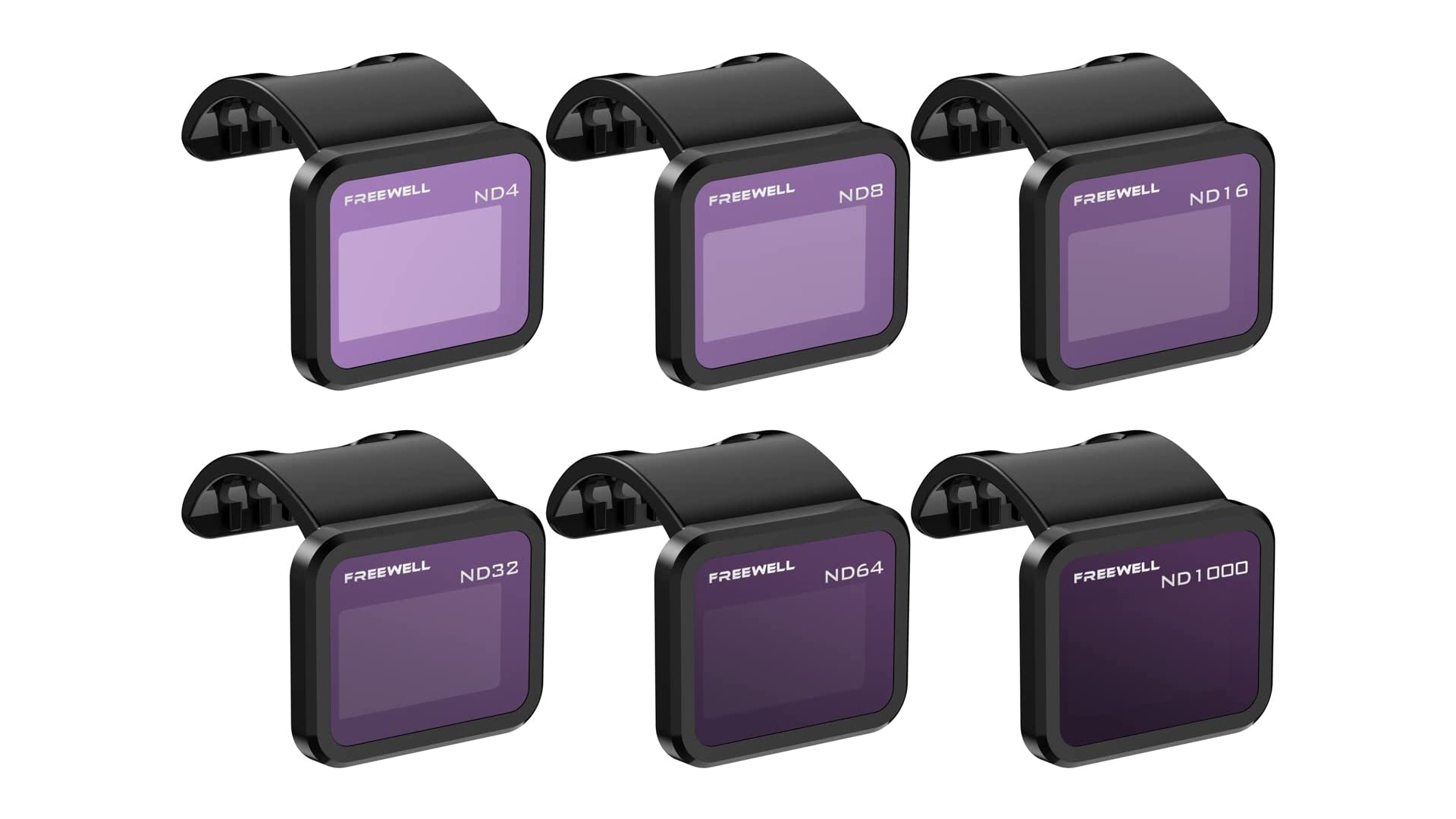
One of the most important accessories you can buy for your Autel Evo Nano+ drone is a set of snap-on Neutral Density filters from Freewell. An ND filter is like putting a pair of sunglasses on the drone’s camera and it’s far and away the best method to introduce natural motion blur in your footage. Without one, something weird happens to video shot from a drone when it’s moving low and slow in bright sunlight and its camera is angled towards the ground. What you’ll see is an annoying stuttering effect across the frame that ruins what would otherwise be a cracking tracking shot or sideways pan. The problem is too fast a shutter speed and it’s an anomaly that affects every drone camera, especially when tracking or panning close to a subject below.
Freewell’s All Day Filter Kit is available to buy from Amazon for £99.99 and it’s well worth the investment if you want to get the most out of the Evo Nano+’s sensational camera. The All Day kit includes six ND filters – ND 4, 8, 16, 32, 64 and 1,000 – so it’s all you need to create naturalistic motion-blurred footage in all types of light, from overcast to the brightest, sunniest day. An ND filter will also protect the lens’s front glass element from damage. The super-dark ND1,000 filter is designed for aerial photography purposes and is the filter to grab when shooting running water using a very slow shutter speed.
Freewell also produces a Polarizer Filter (£21) that gives blue sky a deep, rich hue that may otherwise look pale and overexposed. This filter will also reduce glare from reflective surfaces like snow and water.
You can find out more about ND filters by checking out our 5 top tips to improve your drone video footage
Autel Evo Nano+ review: verdict
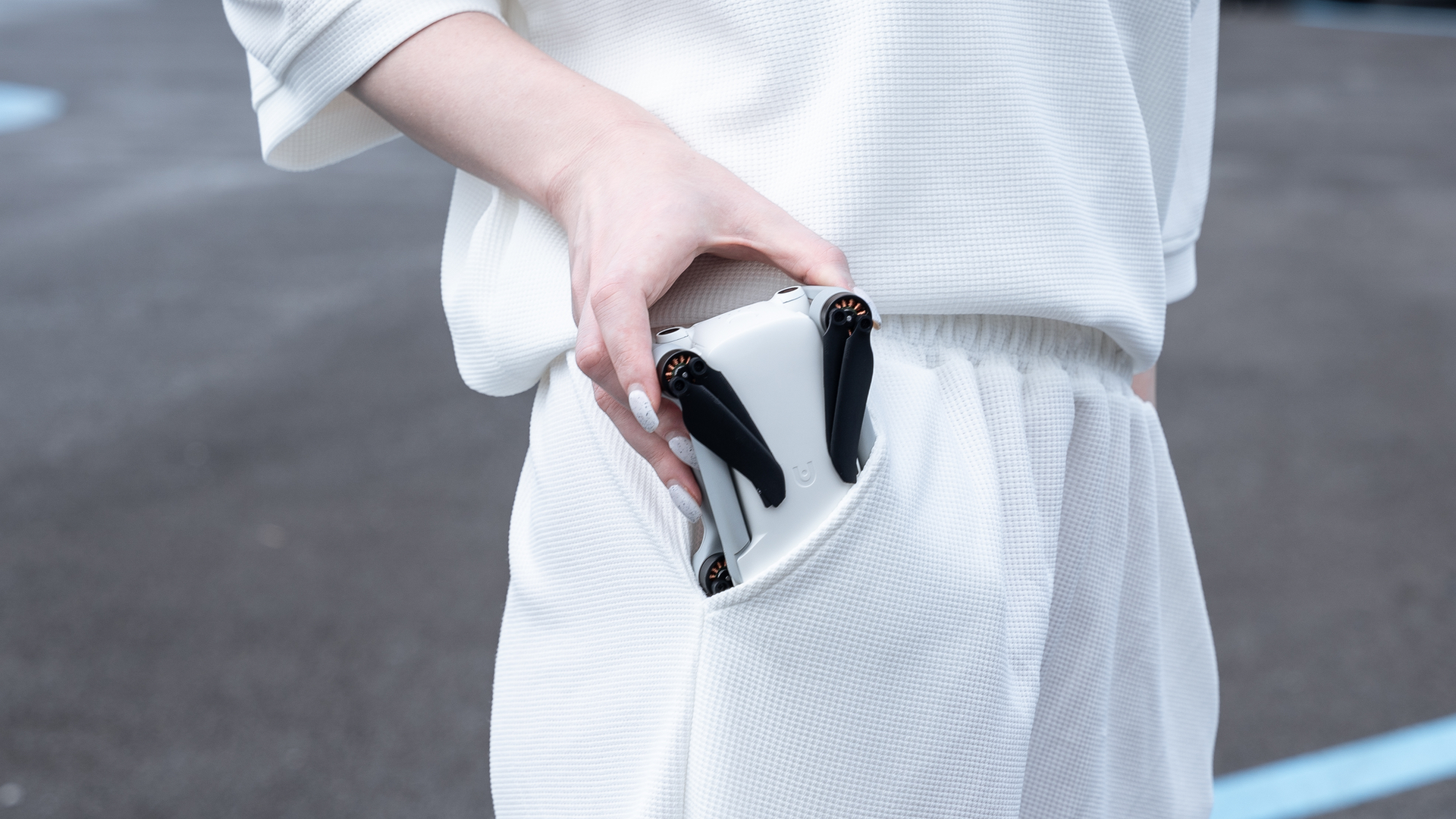
The Autel Evo Nano+ – small but perfectly formed
While the Evo Nano+ is a lot more expensive to buy than the similarly-sized DJI Mini 2, its overall specification is much closer to that of the DJI Mavic Air 2 and, to some degree, the much more expensive DJI Air 2 S. For a small sub-250g drone that ships with three-way obstacle avoidance, a mini smorgasbord of autonomous flight modes and an absolutely stunning 4K camera, the Autel Evo Nano+ is nothing short of sensational.
Sign up to the T3 newsletter for smarter living straight to your inbox
Get all the latest news, reviews, deals and buying guides on gorgeous tech, home and active products from the T3 experts
Derek (aka Delbert, Delvis, Delphinium, Delboy etc) specialises in home and outdoor wares, from coffee machines, white appliances and vacs to drones, garden gear and BBQs. He has been writing for more years than anyone can remember, starting at the legendary Time Out magazine – the original, London version – on a typewriter! He now writes for T3 between playing drums with his bandmates in Red Box (redboxmusic).
-
 Warning: Ciele’s refreshed Elite Collection may cause excessive garment envy on race day
Warning: Ciele’s refreshed Elite Collection may cause excessive garment envy on race dayFlex on your run crew with Ciele’s latest drop
By Matt Kollat Published
-
 Smeg adds a touch of navy sophistication to its iconic breakfast set
Smeg adds a touch of navy sophistication to its iconic breakfast setIt's a minimalist's dream
By Lizzie Wilmot Published
-
 My most anticipated Netflix movie of the year gets a wild new trailer
My most anticipated Netflix movie of the year gets a wild new trailerHavoc looks pretty unbelievable
By Max Freeman-Mills Published